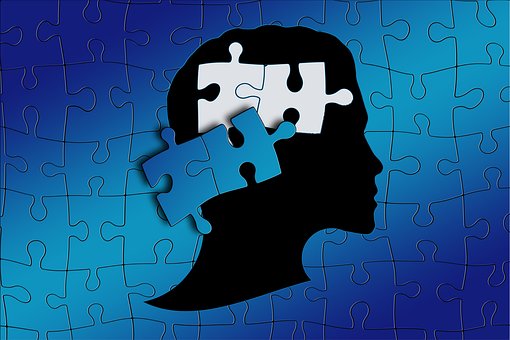How Do Chiropractors Measure Pain?
Measuring the amount of pain being experienced by a patient is an essential part of chiropractic assessment prior to treatment. However, unlike objective measures such as the degree of spinal curvature or the range of joint movement, the amount of pain cannot be determined directly, but is instead inferred from the patient themselves or from signs usually associated with it. These two methods—patient self-reporting and inference by examination—are the basic tools chiropractors will use to assess a patient’s pain level.
While the degree of discomfort reported by a patient is an important guide, the subjective experience of pain means that each person will have a different level at which they call pain mild, moderate or extreme. Likewise, patients will all have varying degrees of verbal and physical reactions to different levels of soreness. Taken together, however, self-reporting and examination provide a combination of evidence which can be used to determine pain levels with a reasonable degree of accuracy.
Most chiropractors treating a patient will use an assessment form that asks about the kind of problem that the patient is currently experiencing and the amount of pain it is causing. A basic diagram of the body may also be used to mark locations and levels of pain. Further questions, either in the form of a questionnaire or through a patient interview, may be asked to ascertain the frequency of pain and the nature of movements and activities that may trigger pain or worsen it.
The level of perceived discomfort is often assessed using a pain scale in which the patient is asked to assign a figure to their experience such as from 0 (no pain) to 10 (extreme pain). Although such a scale will be subjective, most patients demonstrate a good deal of internal consistency when it comes to reporting relative pain levels. This means that patient-reporting using this type of pain scale can be useful in determining whether a condition is responding to treatment over time or getting worse, as well as in determining how pain levels fluctuate over the course of a day or in response to certain kinds of activity. In addition to the simple pain scale, there are several specially designed questionnaires that are also used to assess the degree of pain and disability associated with spinal injuries, such as the Quebec Back Pain Disability Scale.
Chiropractic assessment of a patient actually begins the moment the patient walks in the door. A skilled chiropractor can tell much about a condition and how much pain someone is in by their overall posture, how they walk, facial expressions of discomfort and involuntary verbalization. While being examined, palpation and movement of problem areas will often give rise to further articulation and tensing against painful movement, which provide further clues both to the location and degree of soreness. A chiropractor may use pain scales during the examination so that patients can communicate in a more focused way how much a certain movement or palpation hurts. Marking these pain levels on a chart provides a baseline measurement that a chiropractor can use to judge the effectiveness of treatment over time.
Although pain measurement is only one method of assessing both the degree of injury and success of treatment, it is an important one. Pain is both a clear sign that something is wrong and an impediment to normal daily activity. In contrast, a reduction in pain following chiropractic therapy increases feelings of wellbeing and provides subjective evidence of improvement. For the chiropractor too, this is an essential indication that they are doing something right. Together with other signs such as increased strength, range of movement and endurance, reduced pain is a welcome indicator that a patient is making progress.









